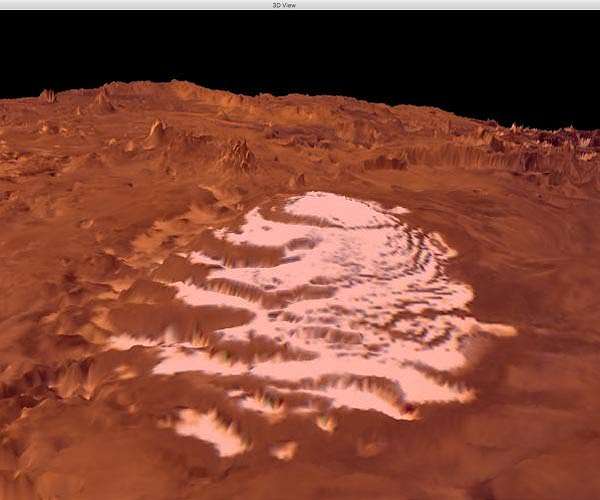NASA’s Hubble Space Telescope has made a groundbreaking discovery about FU Orionis (FU Ori), a young star surrounded by an extraordinarily hot accretion disk. The disk’s temperature reaches a blistering 16,000 Kelvin—nearly three times hotter than the Sun’s surface and almost double previous estimates.
Young stars like FU Ori experience dramatic brightness surges during episodic outbursts fueled by accretion, a process where material from surrounding disks and nebulas is drawn toward the star. However, FU Ori’s accretion disk is highly unstable, causing unpredictable variations in material intake rates.
Surprising Findings Near the Star
Astronomers aimed to test models of the hottest regions within accretion disks, focusing on the disk’s inner edge. “We hoped to validate the maximum temperature of the accretion disk by measuring closer to the star than ever before,” said Lynne Hillenbrand, professor of astronomy at Caltech and co-author of a paper published in The Astrophysical Journal Letters.
The results exceeded expectations. “We anticipated seeing some extra ultraviolet brightness from the interface between the star and its disk, but the level we observed was shocking. It was much brighter than our models predicted,” Hillenbrand added.
The research team attributed this ultraviolet excess to a revised geometric model. As material spirals inward, it creates a hot shock when it meets the star’s surface, releasing intense ultraviolet radiation.
Insights into Planet Formation
The findings have broader implications for understanding planet formation and survival in such turbulent environments.
“Our updated model suggests mixed consequences for planetary evolution,” said Adolfo Carvalho, lead author and Caltech graduate student. “Outbursts like those from FU Ori can alter the chemical composition of forming planets if they’re located farther out in the disk. However, planets forming too close to the star may face extreme heat and gravitational disruption, potentially leading to their destruction or merger with the star.”
These insights deepen our understanding of the interplay between young stars, their disks, and the complex processes that shape planetary systems.



